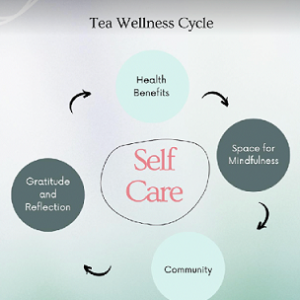How competitive is the civil services examination
Civil Services Examination – The Civil Services Examination serves as a pivotal gateway for aspiring candidates aiming to secure prestigious roles within the Indian government. Conducted by the Union Public Service Commission, this rigorous examination assesses a range of competencies, including analytical skills, general knowledge, and decision-making abilities. The examination is structured in three stages—Preliminary, Mains, and Interview—each designed to filter candidates based on their academic acumen and personal attributes. Given the vast applicant pool, typically numbering in the hundreds of thousands annually, the competition is exceptionally fierce, contributing to its reputation as one of the toughest examinations in the country. This highly competitive nature necessitates not only thorough preparation but also a strategic approach to understanding the exam’s format and demands. An illustration of this complexity can be seen in , which highlights the multifaceted strategies candidates must employ to navigate the challenges posed by the examination process.
II. Overview of the Competitive Nature of the Examination
The competitive nature of the civil services examination arises from various interrelated dimensions, including the vast pool of aspirants and the rigorous selection criteria employed. Annually, millions of candidates vie for a limited number of prestigious positions, underscoring the examinations intensity and the high stakes involved. This competition is further amplified by the examination structure, which requires candidates to demonstrate proficiency across multiple disciplines, including general knowledge, current affairs, and analytical abilities, thereby creating a formidable barrier to entry. Moreover, the necessity of extensive preparation, often exceeding a year, adds to the psychological pressure faced by candidates. In this context, the examination can be likened to a multifaceted competition, as indicated in , where diverse factors must be navigated successfully to achieve one of the coveted roles in civil service. Thus, understanding the examinations competitive nature is crucial for those considering participating in this challenging process.
III. Factors Contributing to the Difficulty of the Examination
The civil services examination poses significant challenges to aspirants, primarily due to a multitude of factors that intertwine to form a highly competitive environment. First and foremost, the extensive syllabus requires candidates to master a vast array of subjects, ranging from social sciences to technology, creating a daunting workload that can overwhelm even the most dedicated candidates. Furthermore, the examinations structure emphasizes not only theoretical knowledge but also the application of critical thinking and analytical skills, which adds another layer of complexity. As articulated in discussions surrounding social inequality, the extreme disparity in access to quality educational resources further exacerbates these challenges, leaving many candidates at a disadvantage (Timmermann et al.). Additionally, the absence of standardized guidance on roles and responsibilities within the preparation process often leads to confusion and misallocation of study efforts, emphasizing the need for clear frameworks in educational environments (Hughes et al.). Thus, these multifaceted factors significantly contribute to the examinations notorious difficulty.
IV. Strategies for Success in the Civil Services Examination
To achieve success in the highly competitive landscape of the Civil Services Examination, candidates must employ a multifaceted strategy that encompasses rigorous preparation and effective time management. A structured study plan is essential, allowing aspirants to systematically cover syllabi while also integrating current affairs, which play a pivotal role in assessment. Candidates should also engage in mock tests to simulate real examination conditions, thereby identifying strengths and weaknesses. Moreover, maintaining a balanced approach that includes physical health and mental well-being is crucial during preparation. As highlighted in research surrounding public sectors, incorporating diverse methods and fostering collaboration can enhance overall effectiveness in achieving objectives, aligning with the strategic expectations of civil service roles (Eweje et al.). This holistic strategy ultimately hones the necessary skills and knowledge required to excel, addressing both the demands of the exam and the dynamic nature of public service (Grindle et al.). Additionally, the implementation of an Integrated Action Plan can serve as a guiding framework for aspirants, akin to the phases outlined in sustainable strategies .
Image1 : Integrated Action Plan for Sustainable Tourism
V. Conclusion
In conclusion, the civil services examination remains one of the most competitive assessments in the country, reflecting a rigorous selection process aimed at identifying capable individuals for public service. The examinations structure, which includes multiple stages such as preliminary exams, mains, and interviews, ensures that candidates are not only knowledgeable but also exhibit critical thinking, problem-solving capabilities, and an understanding of administrative responsibilities. This multifaceted approach aligns with models of competitive advantage, such as the one depicted in , which emphasizes how various elements—ranging from rigorous demand conditions to firm strategy—play a vital role in shaping outcomes. Consequently, the intense competition serves not only as a test of knowledge but as a mechanism to ensure that only the most qualified individuals serve in pivotal roles within the government, thereby contributing to effective governance and public administration.






